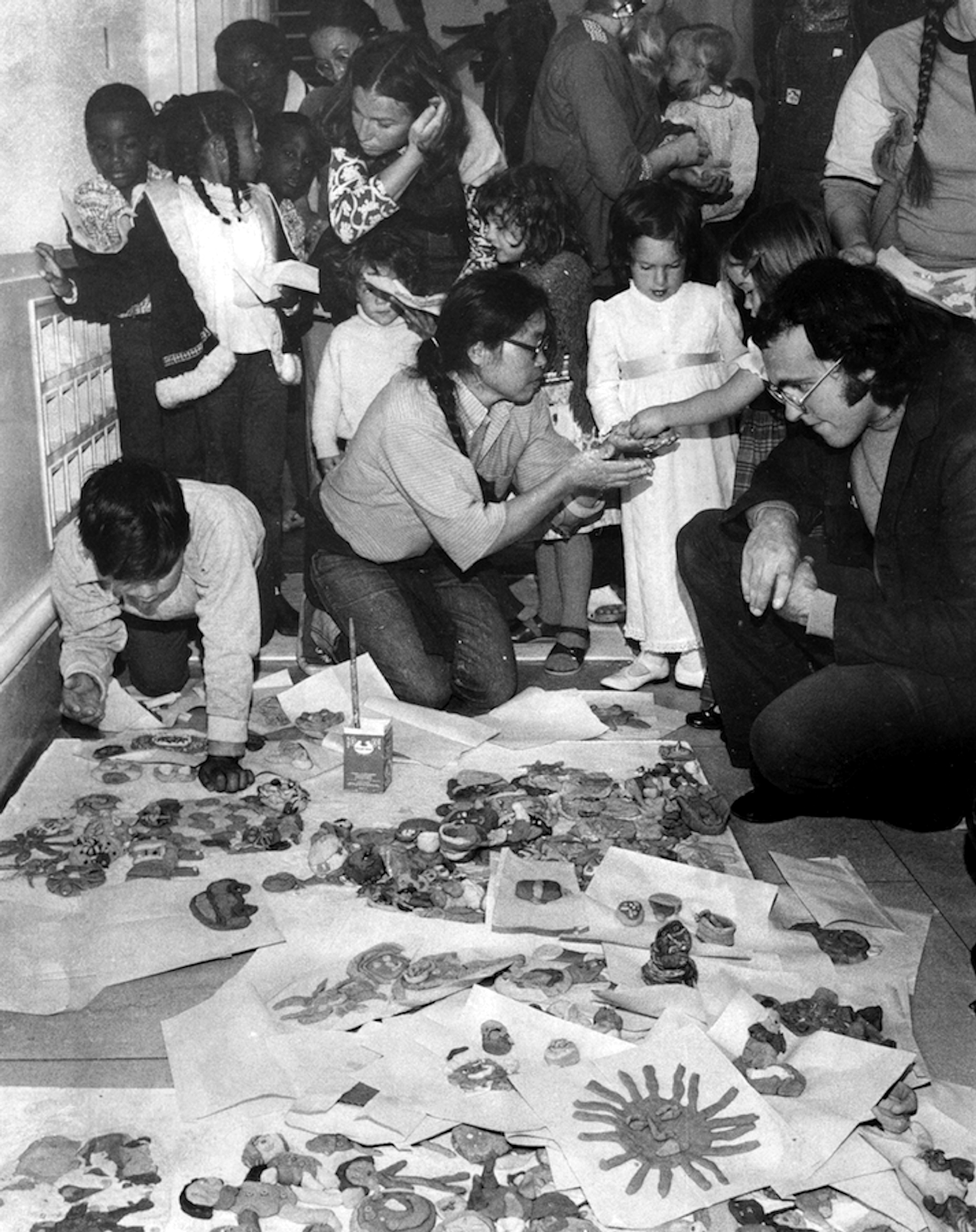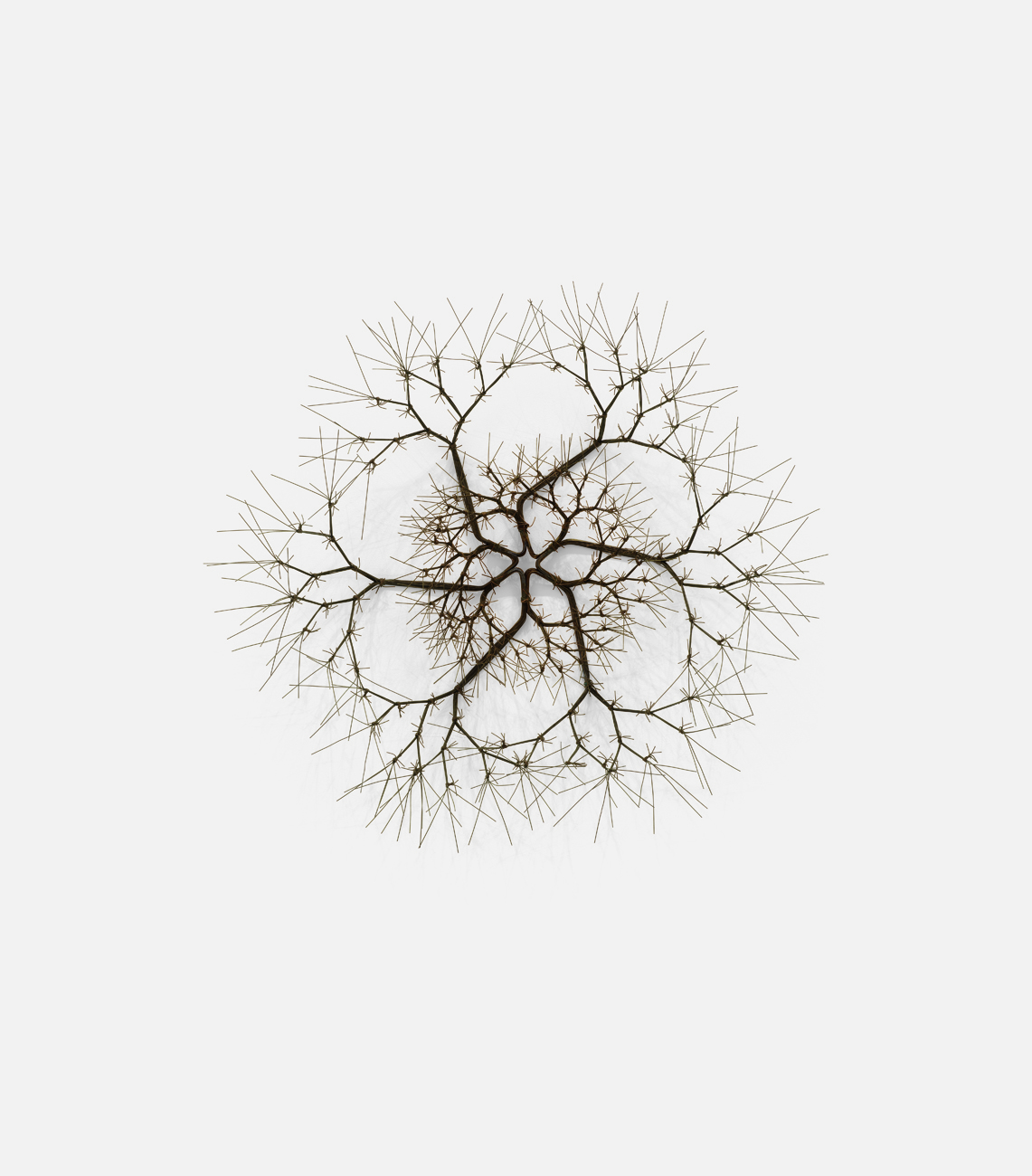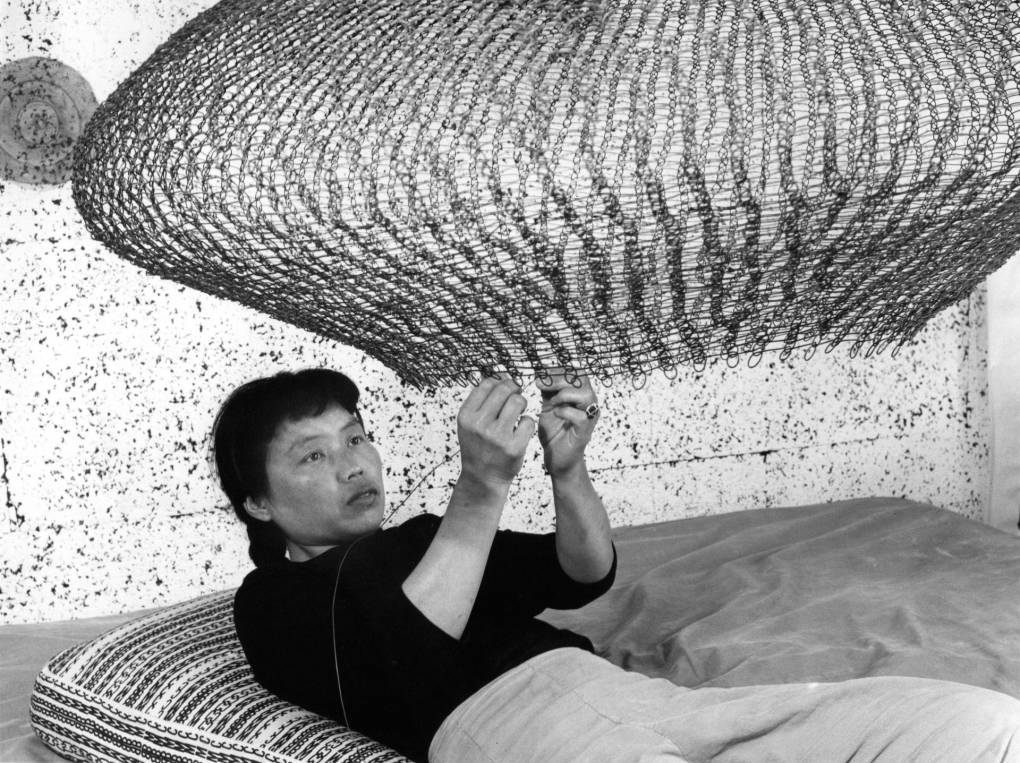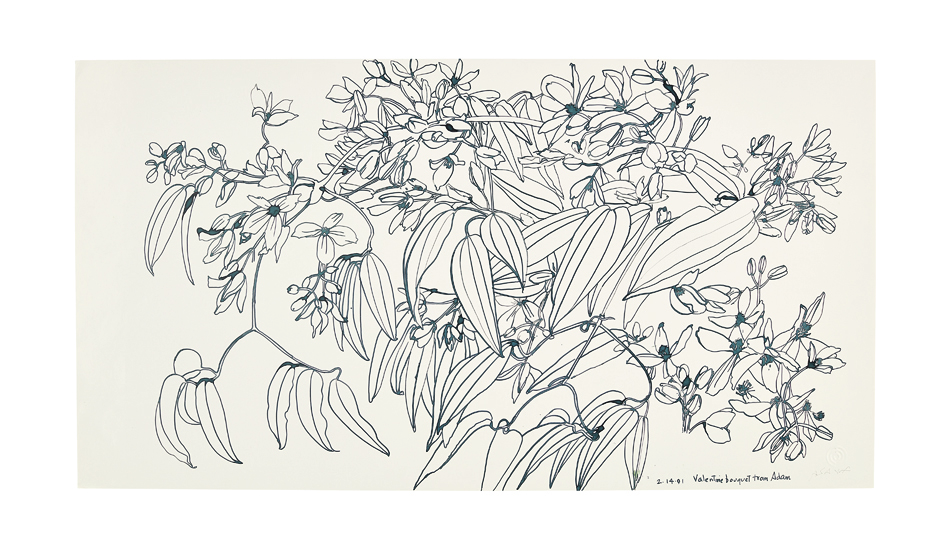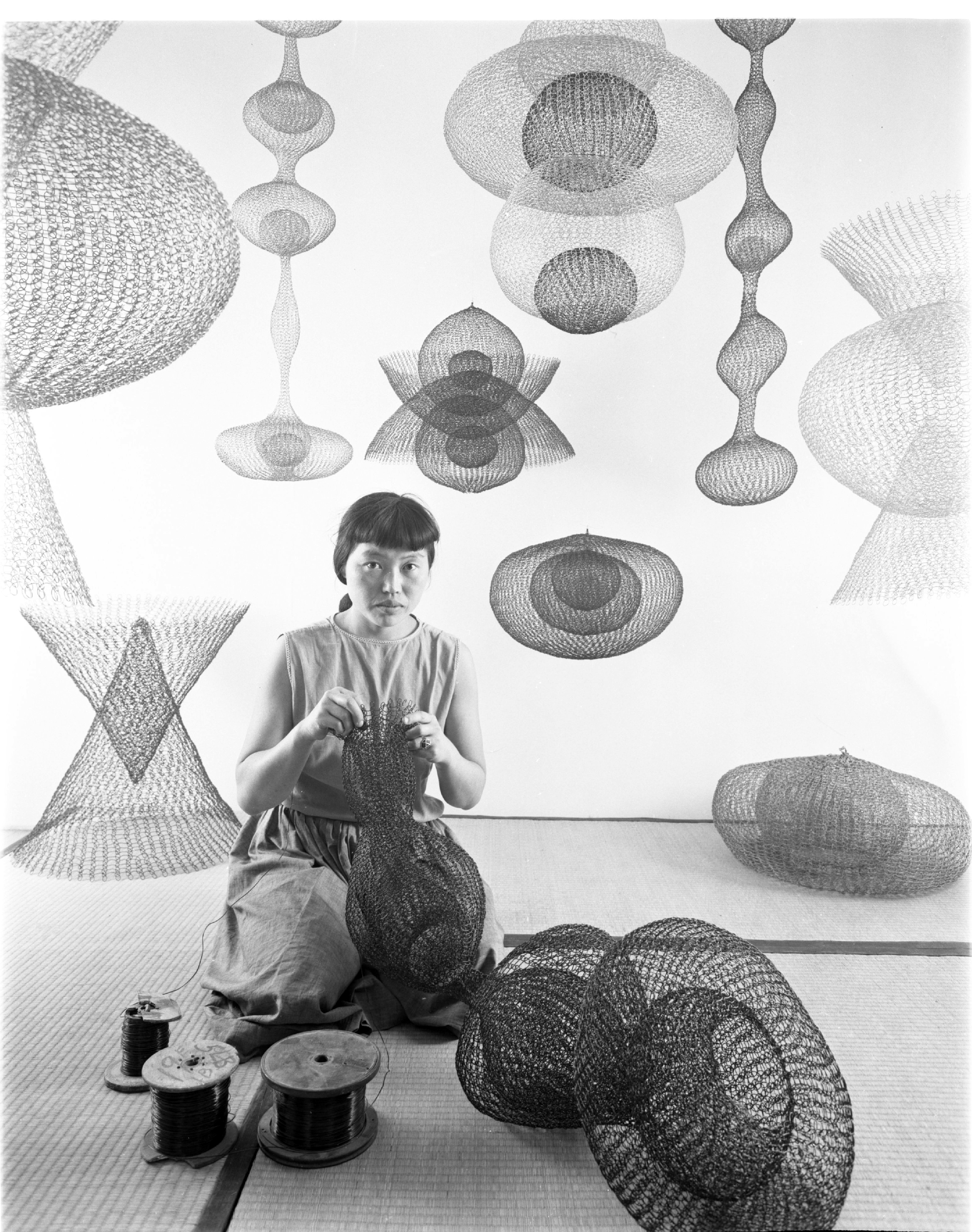
Is there any artist as locally beloved as Ruth Asawa? For all of Wayne Thiebaud’s vertiginous streets and Joan Brown’s vibrant renderings of city life, it’s Asawa we most hope embodies the spirit of San Francisco.
That’s because the artist, who moved here in 1949 and died here in 2013, didn’t just contribute fountains, sculptures and landscape design to the city’s physical shape; she helped create lasting institutions dedicated to arts education. Among those are our public arts high school, now named for her; the San Francisco Arts Education Project, offering hands-on arts instruction by working artists; and the creative reuse center SCRAP, the city’s treasure trove of affordable art materials.
Asawa’s influence is so vast, and her artistic output so varied, that it takes 12 galleries at the San Francisco Museum of Modern Art to honor that legacy. Ruth Asawa is the artist’s first posthumous retrospective, and it goes big, covering six decades of artmaking, with over 300 works on the museum’s fourth floor.
Arranged chronologically and thematically, the show won’t disappoint fans of Asawa’s hanging looped-wire sculptures. By my count, there are nearly 60 of those airy pieces in this show. But co-curators Janet Bishop (of SFMOMA) and Cara Manes (of MoMA, the touring exhibition’s next stop) also focus on bodies of work I was far less familiar with: early abstract paintings, branching tied-wire sculptures and intricate ink drawings of bouquets.
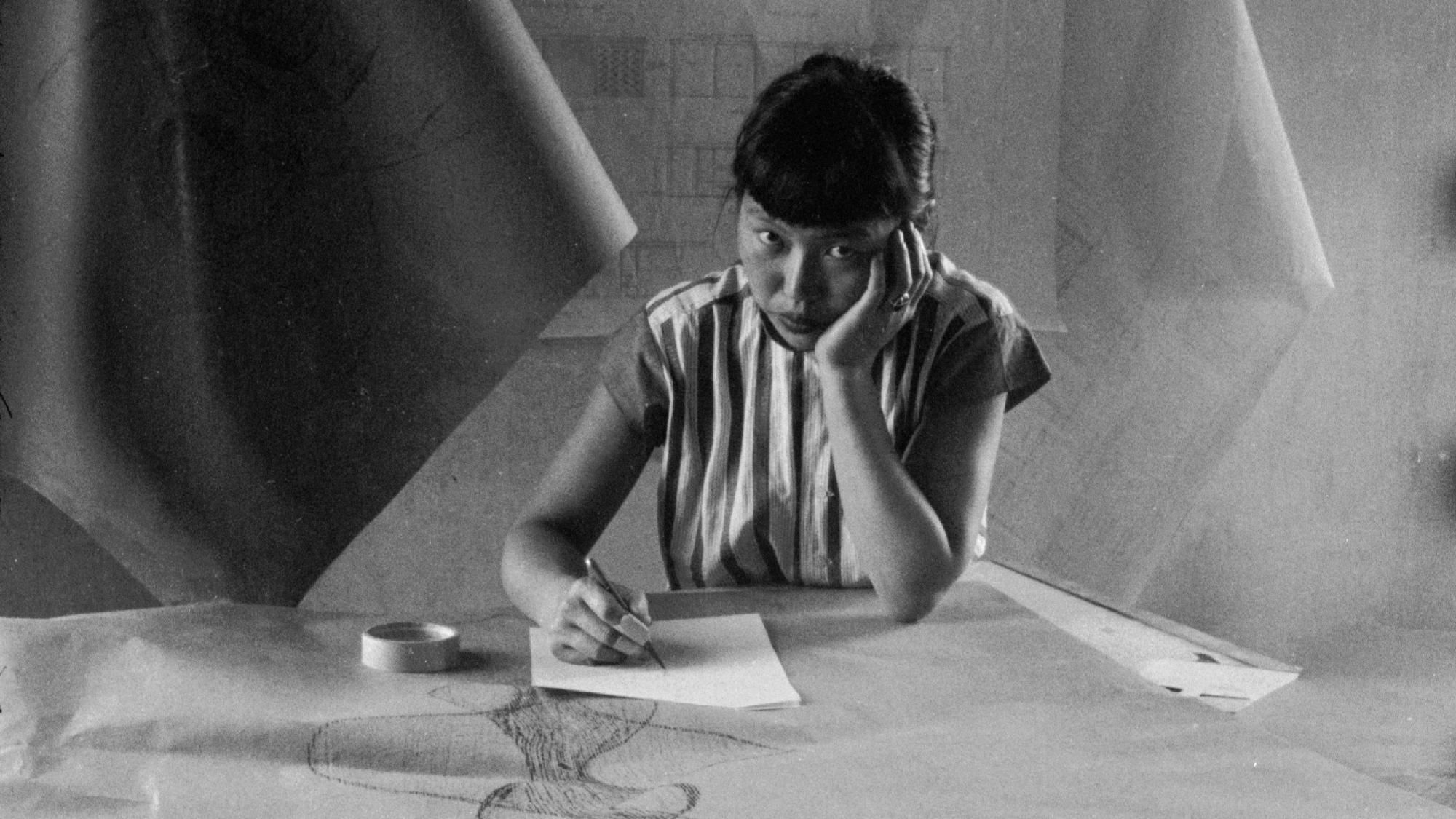
The exhibition begins at Black Mountain College, the storied alternative art school Asawa attended between 1946 and 1949 after she was unable to receive her teaching degree from the Milwaukee State Teachers’ College. (There was so much anti-Japanese sentiment following WWII, the college refused to place her in a Wisconsin school. “They were afraid for my life,” she later said.)
